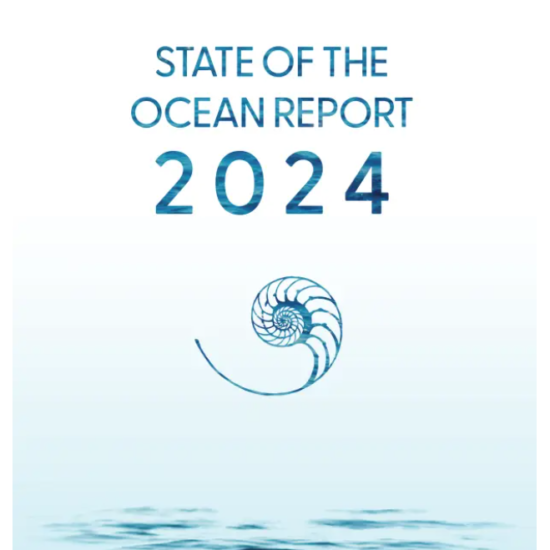Destructive fishing is a significant area of focus for fisheries management. It is at odds with a sustainable fisheries management policy. Key examples of destructive fishing include blast fishing, cyanide fishing, illegal netting, and bottom trawling. It is characterized by indiscriminate killing, stunning, and/or waste of marine life. These methods are attractive to fishermen due to the high initial value of catches, however, the value of catch rapidly depletes as the habitat and surrounding eco-system is damaged or destroyed. For many South-East Asian (SEA) countries the loss of fisheries resource has been a sensitive topic that has been largely ignored. The traditional paradigm towards combating this problem has been to only consider the use of marine-based enforcement strategies. However, even under optimum conditions, current marine based enforcement strategies are ineffective, ineffiecient, and wasteful; failing to distrupt the majority of blast fishermen. This paper considers three major aspects of blast fishing; the problem, the strategies used to eradicate it, and the motivations of the fishers. This study utilizes a database of over 850,000 blast records collected by detectors in Hong Kong, Malaysia, and Phillipines since 2006. Analysis shows three different groups of blast fishermen as well as an increase in the size of explosive charges over time, the latter compensateing for the reduction in fish stocks. Futhurmore interviews with blast fishermen reaafirm the different groups. Potential solutions based on providing fishermen and their family with alternative livelihoods, education, and associated actions are suggested. Progress of any eradication method implemented can be monitored through the continued collection of bacground blast data from areas. The results can also regularly indicate the effectiveness of the efforts made to stop blast fishing.





